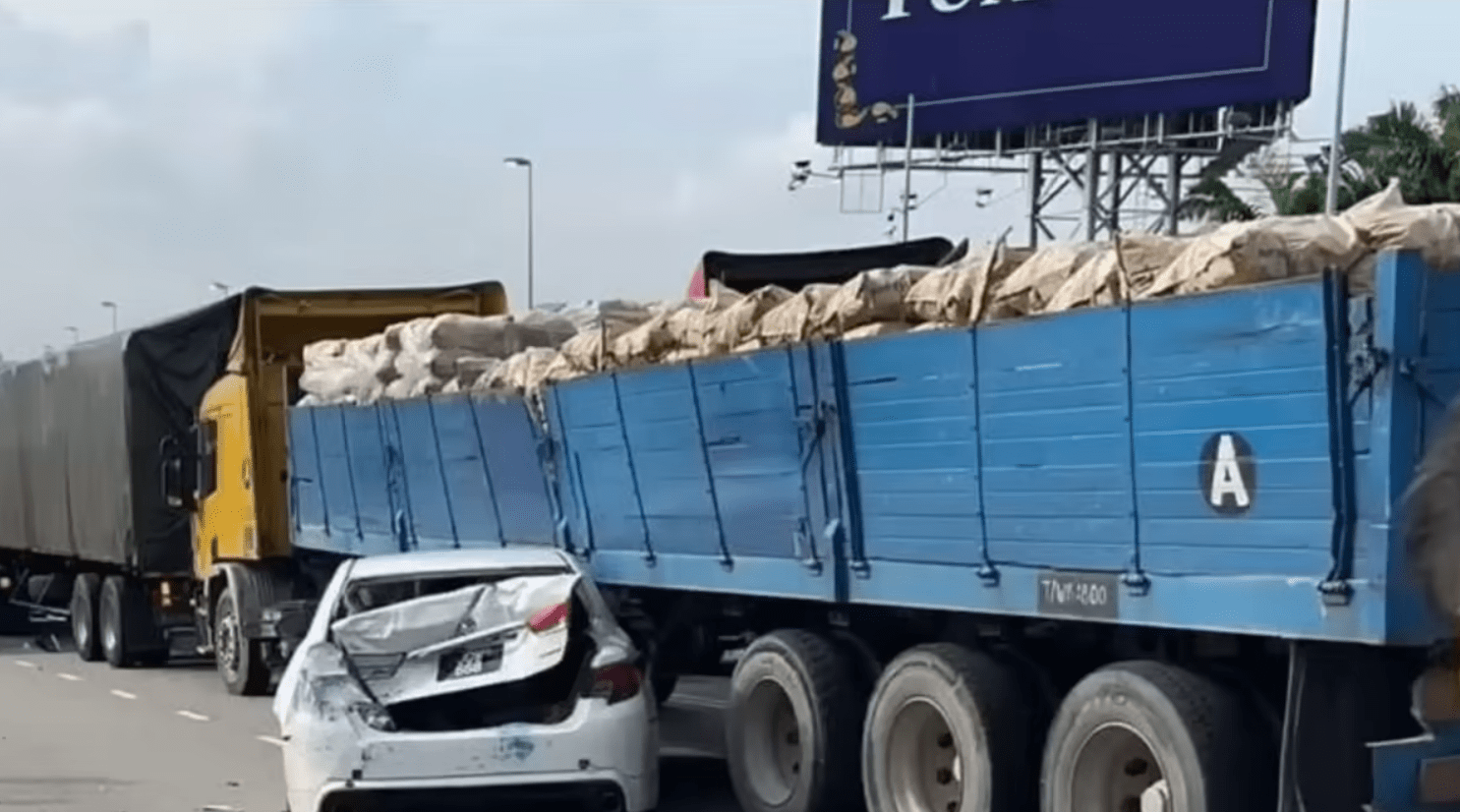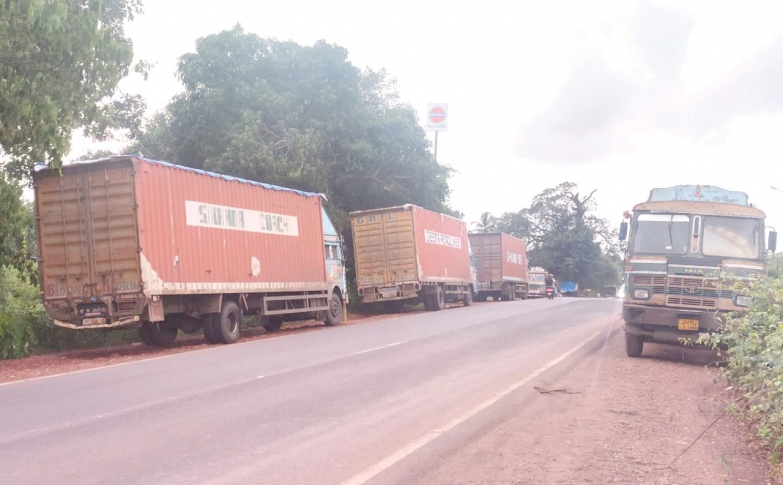Cargo Accidents in Highways: Causes and Prevention
Whether you've been injured in an accident, are dealing with a personal injury claim, or facing another legal issue, Mendez & Sanchez APC is here to fight for you. Contact us today for a free, no-obligation consultation.
Call Us Now
Cargo accidents in highways can have devastating consequences, resulting in loss of lives, property damage, and traffic disruptions. Understanding the causes, consequences, and prevention measures associated with these accidents is crucial to promoting road safety and minimizing risks. In this comprehensive guide, we will delve into the world of cargo accidents in highways, exploring their impact, highlighting preventive strategies, and providing essential tips for safe transportation. Let's embark on this informative journey to create awareness and ensure safer highways for everyone.
Cargo Accidents in Highways
Cargo accidents in highways refer to mishaps involving commercial vehicles transporting goods on major roadways. These accidents often occur due to a combination of factors, including human error, mechanical failures, adverse weather conditions, and inadequate infrastructure. Understanding the key causes can help in formulating effective preventive measures.

Human Error: A Leading Cause
Human error remains one of the primary factors contributing to cargo accidents in highways. Fatigue, distracted driving, speeding, and impaired driving are some common human-related causes. When drivers are tired, distracted, or under the influence of substances, their ability to react to changing road conditions diminishes, increasing the likelihood of accidents.
Mechanical Failures: Technical Challenges
Mechanical failures in commercial vehicles pose significant risks on highways. Faulty brakes, tire blowouts, engine malfunctions, and transmission issues can result in sudden loss of control and accidents. Regular maintenance, inspections, and timely repairs are crucial in preventing such failures.
Adverse Weather Conditions: Nature's Challenge
Unfavorable weather conditions, such as heavy rain, snow, fog, or strong winds, create hazardous driving conditions. Reduced visibility, slippery roads, and decreased vehicle traction make it challenging for drivers to maintain control over their vehicles. Staying informed about weather forecasts and adapting driving habits accordingly can help minimize accidents in adverse weather.
Inadequate Infrastructure: Roadway Hazards
Poorly designed or maintained highways can contribute to cargo accidents. Lack of signage, inadequate lighting, narrow lanes, and inadequate barriers increase the risk of collisions and accidents. Governments and relevant authorities should prioritize infrastructure improvements to ensure safer highways.
Consequences of Cargo Accidents in Highways
Cargo accidents in highways have far-reaching consequences that extend beyond the immediate incident. These consequences impact individuals, businesses, and the overall community, necessitating effective accident prevention strategies.
Loss of Lives and Injuries: Human Tragedy
Cargo accidents often result in the loss of lives or severe injuries to drivers, passengers, and bystanders. These tragic outcomes have a profound emotional and social impact on families and communities. Proper training, awareness campaigns, and strict adherence to traffic regulations can help mitigate such incidents.
Property Damage and Economic Losses
Cargo accidents frequently cause significant property damage, including damage to vehicles, cargo, and public infrastructure. Repair costs, insurance claims, and the disruption of business operations can lead to substantial economic losses. Stringent safety protocols and robust insurance coverage can provide some level of protection against these financial setbacks.
Traffic Congestion and Delays
Cargo accidents in highways can result in traffic congestion and long delays, affecting not only the immediate accident area but also adjacent routes. Traffic disruptions have a cascading effect, leading to lost productivity, increased fuel consumption, and inconvenience to commuters. Efficient accident response and clear communication with motorists can help minimize traffic congestion and restore normalcy swiftly.

These FAQs provide insights into some of the key aspects surrounding cargo accidents in highways. By addressing these concerns and implementing effective preventive measures, we can strive to minimize the occurrence of such accidents and ensure safer transportation of goods on our highways.
Conclusion
Cargo accidents in highways pose significant challenges to the safety and efficiency of transportation systems. By understanding the causes and consequences of these accidents, we can work towards implementing preventive measures that safeguard both lives and cargo. Through driver education, improved maintenance practices, and regulatory compliance, we can reduce the occurrence of accidents on our highways. By prioritizing safety and adopting proactive measures, we can pave the way for a future where cargo transportation is not only efficient but also safe for everyone involved.



